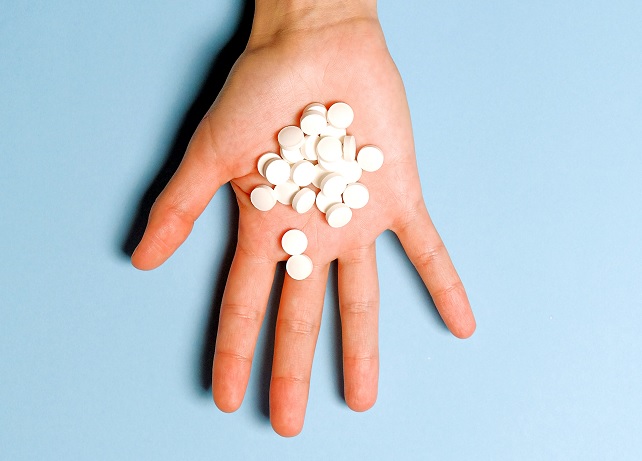A new way to administer insulin could eliminate injections.
Canadian researchers investigating methods for treating type 1 diabetes have found a new way to administer medication without the need for a needle. Instead of using a needle to administer insulin, they’ve come up with a dissolvable tablet that dissipates inside the cheek. Taking insulin this way means that most of the drug will not be dissolved within the stomach lining, which is what currently happens. The new method takes a lot less insulin to administer because it is much more effective.
“For injected insulin, we usually need 100iu per shot. Other dissolvable tablets being developed that go to the stomach might need 500iu of insulin, which is mostly wasted, and that’s a major problem we have been trying to work around,” said study author Yigong Guo, a PhD candidate at the University of British Columbia.
“These exciting results show that we are on the right track in developing an insulin formulation that will no longer need to be injected before every meal, improving the quality of life, as well as mental health of more than 9 million type 1 diabetes around the world,’’ added lead author Dr. Anubhar Pretap-Singh, from the University of British Columbia’s faculty of land and food systems.

The team indicates that the dissolvable tablet should be placed between the gum and the cheek, using the thin membrane found within the lining of the inner cheek and in the back of a person’s lips to dissolve it. Studies show that injected insulin is fully released in about 30 to 120 minutes, but it takes over two to four hours for swallowed insulin tablets to be released. Thus, this form of insulin should be administered as a preventative measure rather than in emergency cases in when the drug needs to be absorbed more immediately.
There was a previous attempt made to develop a drinkable insulin with studies showing that most of the drug gets accumulated in the stomach lining. While not a medical form of insulin, there are already sugar drinks on the market that can be swallowed by diabetics if there is a need to raise blood sugar quickly.
“Even after two hours of delivery, we did not find any insulin in the stomachs of the rats we tested,” said Guo of the new potential treatment. “It was all in the liver and this is the ideal target for insulin – it’s really what we wanted to see.”
The authors concluded in their written report, “This study demonstrates the flexibility and capability of spray drying to dehydrate crosslinked chitosan/TPP/insulin NPs, which showed superior reconstitution ability and higher loading content than the standard freeze-drying method with bulking agent or cryoprotectant. The optimized insulin NPs resulted in 318 nm of mean particle size and 99.4% encapsulation efficiency. After dehydration, the SEM and FTIR results suggested that the spherical structure was maintained only for the NPs spray-dried with and without mannitol and freeze-dried with mannitol, but the freeze-dried NPs without mannitol broke down during the dehydration process. In the reconstitution ability test, insulin NPs spray dried without mannitol showed the smallest mean particle sizes and highest loading content when re-dissolved.”


Join the conversation!